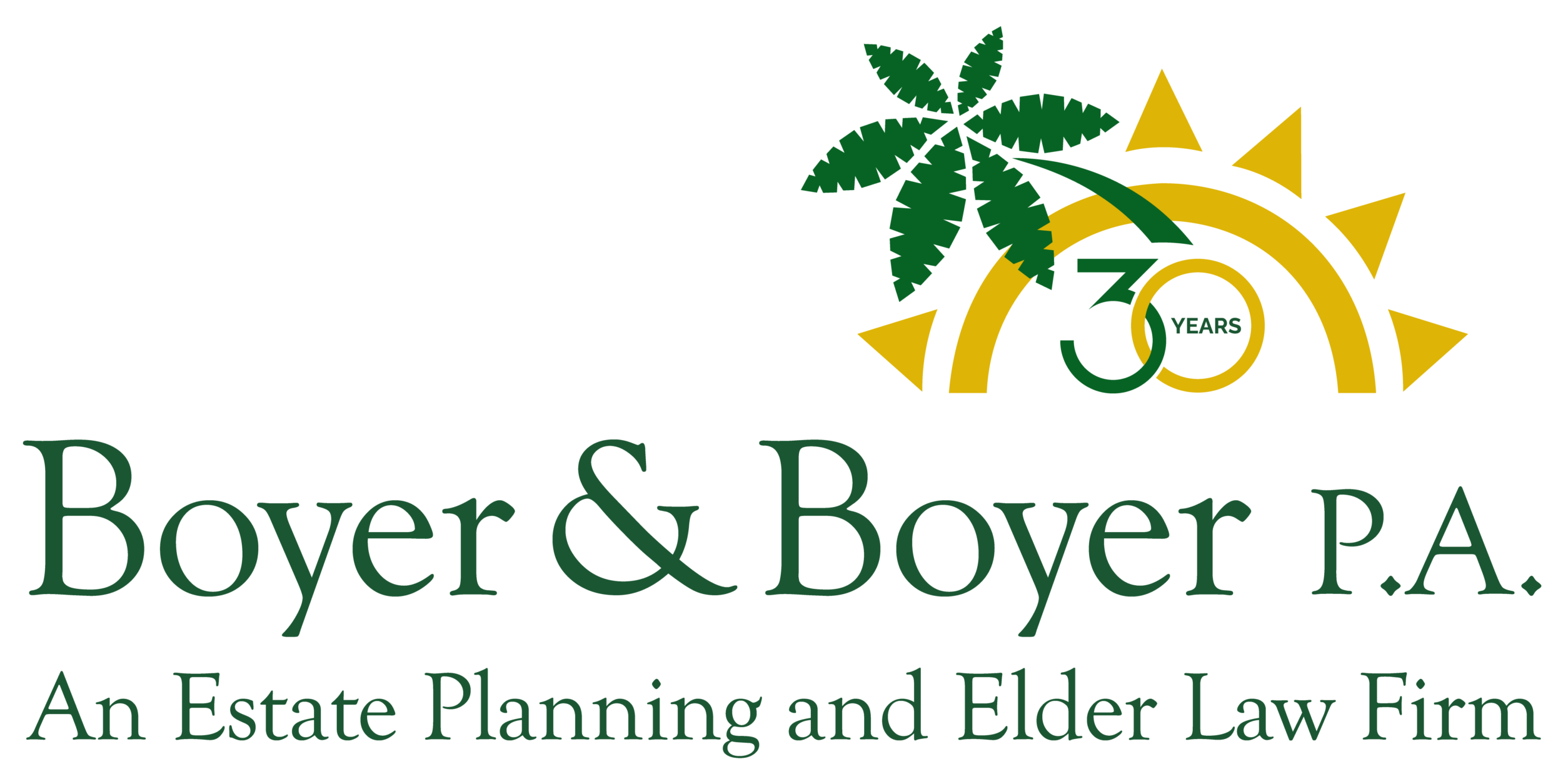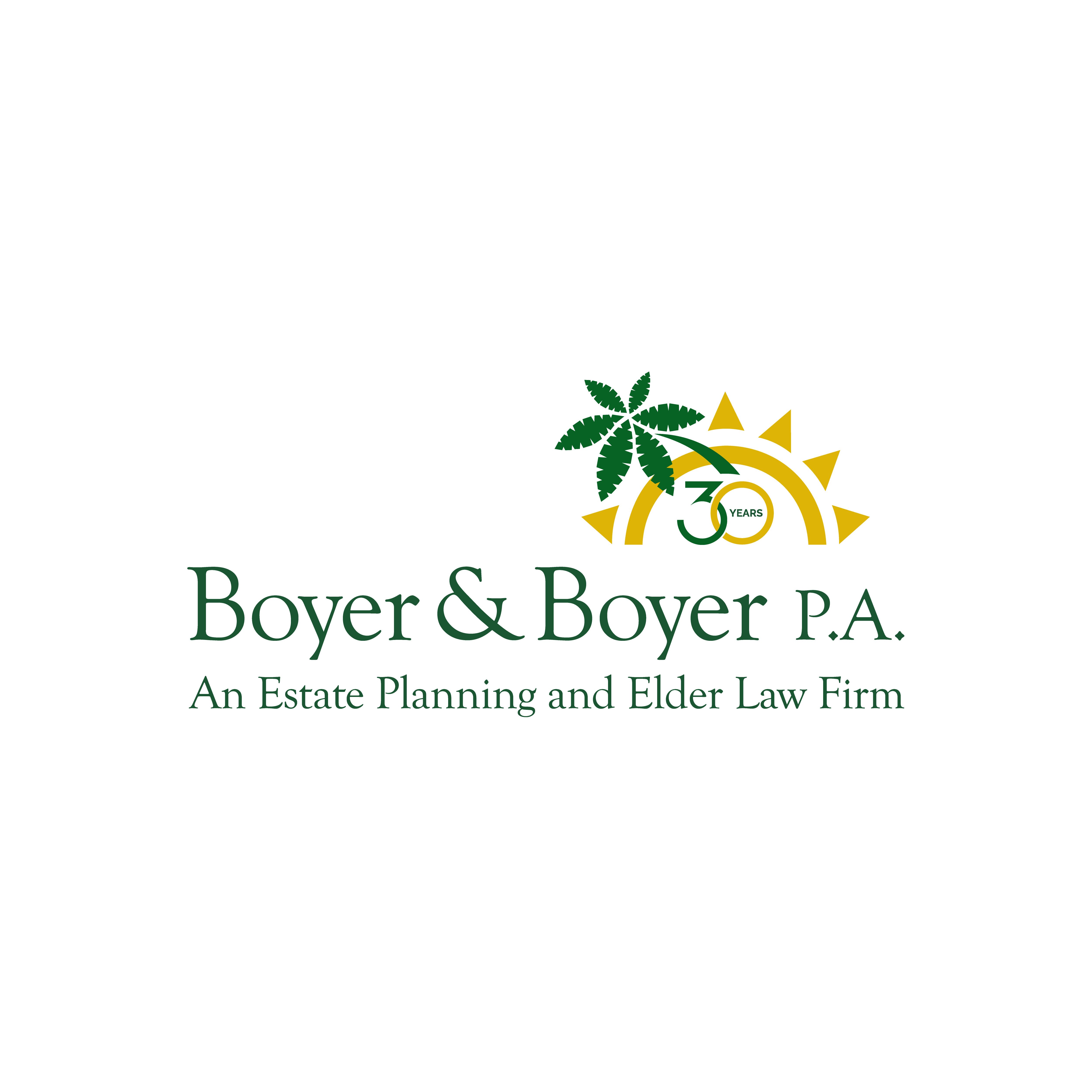Planning for Adult Children with Disabilities
By Laura Calderon
The Voice is the e-mail newsletter of The Special Needs Alliance. This installment was written by Bryn Anne Poland and Pi-Yi Mayo, of the Law Office of Pi-Yi Mayo, in Baytown, Texas (www.pi-yimayo.com). Their practice focuses on elder law and special needs planning, including special needs trusts, Medicare set-asides, and Qualified Settlement Funds. Both are members of the National Academy of Elder Law Attorneys and the Texas chapter (TX NAELA). Pi-Yi is a Certified Elder Law Attorney, Special Needs Alliance Executive Committee member, and currently serves on the Board of the TX NAELA chapter. Bryn graduated from Washburn University School of Law in 2007 and currently serves as Co-Chair of the Elder Law Committee of the Houston Bar Association. Together they have authored many papers covering topics from long term care insurance to Pickle people (http://www.pi-yimayo.com/Papers.htm).
Planning for Adult Children with Disabilities
As parents of children with disabilities age, there are many issues that they must address. First, parents must plan for their own retirement, possible disability and eventual death. To add stress and complication to that planning, parents must also consider the impact their retirement, disability or death will have on their children. Often, parents seek counsel and devise a plan to ensure that their child will be able to obtain or maintain access to Supplemental Security Income (SSI) and the Medicaid program while their children are still young. As both parents and children age, parents should revisit those plans and inquire into any other programs or benefits that might be available. One important social security insurance benefit is the Childhood Disability Benefit (CDB), which is sometimes referred to as the Disabled Adult Child (DAC) benefit. For purposes of this article we refer to the benefit as Childhood Disability Benefit or CDB.
Childhood Disability Benefits Defined
CDB is a monthly cash payment to a child based on the social security earnings record of a parent of that adult child. The amount of the payment is based on the parent’s primary insurance amount (PIA). A disabled adult child is entitled to one-half of the parents’ PIA if the parent is living, and three-fourths of the PIA if the parent is deceased. If both parents are disabled, retired or deceased, the child is entitled to CDB benefits on the higher account of the two. A disabled adult child is entitled to CDB based on the social security record of a parent only if all of the following conditions are met:
1. An application for CDB is filed;
2. The child meets the definition of “disabled” applicable to all social security disability insurance (SSDI) applicants;
3. The child is not married, or is married to a social security beneficiary;
4. The child is age 18 or older and under a disability which must have begun before age 22; and
5. The parent is entitled to social security disability insurance or retirement insurance benefits, or is deceased.
In some cases a child may be eligible for CDB benefits on the account of a grandparent or stepparent.
If the disabled adult child is eligible, the child will receive a notice from the Social Security Administration that he or she is entitled to benefits based on a parent’s social security earnings record. In many cases the child may have received SSI prior to the start of CDB. If the CDB benefit is higher than the SSI maximum federal benefit ($674 in 2011), the SSI benefits will be terminated. In addition, the child will also be eligible for Medicare after a 24 month waiting period from the date of the first month the child became eligible to receive CDB.
If an adult disabled child loses eligibility for SSI when CDB begins, he or she can often continue eligibility for Medicaid. In many cases, Medicaid funds the vital supports and services the child is receiving. Many states have rules and regulations in place that provide for continuing Medicaid eligibility even after the child’s eligibility for SSI is terminated. When a child qualifies for and receives CDB, the additional income is excluded from countable income for Medicaid eligibility if the child’s SSI was terminated because of the increased income but the child is otherwise eligible for SSI: determined disabled and having countable resources of $2,000 or less. In some states the transition from SSI-linked Medicaid to CDB Medicaid is automatic and in others, the state Medicaid agency may require a new application. Regardless of the mechanism, it is important for families to be aware of the benefit and the transition, so that the transition can be managed as necessary to prevent an interruption in benefits.
How Does Work Affect CDB?
There are two timeframes where work can affect eligibility for CDB. First, in order to be eligible for CDB, a child cannot have participated in Substantial Gainful Activity (SGA) after the onset of disability but prior to initially qualifying for CDB. In 2011, an individual earning more than $1,000.00 per month is presumed to be engaged in SGA and therefore not disabled. If the individual is blind, the SGA amount is slightly higher. If the CDB benefit has not started, the individual should seek advice as to how much he or she is able to earn while still maintaining eligibility for CDB upon the retirement, disability or death of a parent.
While working at the SGA level of earnings before initially qualifying for CBD can have a harsh affect on eligibility, working is not as problematic if the individual works or attempts to work after initially qualifying for CDB. If a disabled adult child is receiving CDB and would like to engage in an employment opportunity, the individual can participate in a trial work period. During a trial work period, the individual can continue to receive full CDB benefits for a period of 9 months while working and earning above the current SGA amount. After that allowed time period, if the individual continues to have earnings that are “substantial,” the CDB benefits will end; however, for any month when the individual does not meet the definition of Substantial Gainful Employment, he or she will be eligible for monthly benefits. If the individual’s income dips below the current SGA amount, or if the income stops completely within 36 months of having received CDB benefits, then no new application or disability determination is needed.
Here are two illustrations of how work can affect eligibility for CDB: Tim was disabled before the age of 22 but from age 25 to 27 he was able to work full time and had SGA. Tim had to stop working for health reasons and re-apply for SSDI on his own account after working for two years. Tim’s father then retires when Tim is 32. Tim cannot qualify for CDB on his father’s account because Tim had SGA before his father retired. Tim meets all of the requirements for CDB except that he had SGA before he could apply for benefits when his father retired. In the second example, Tim has no SGA before his father retires when Tim was 32. When his father retires, Tim will be eligible for CDB to supplement his SSDI benefits. At age 35 Tim is able to work and earn $2,000 per month for two years. Tim will lose his CDB benefit after a 9 month trial work period. After working for two years Tim must quit his job because of his disabilities. He can again qualify for CDB even though he had SGA for two years because his employment occurred after he qualified for CDB.
How Does Marriage Affect CDB?
If a disabled adult child receiving CDB marries, that child may or may not lose her eligibility for CDB. As noted above, a disabled adult child who is receiving CDB is doing so based upon having a disability that began before reaching age 22 and the retirement, death or disability of a parent who had a social security work record. The marriage of a CDB beneficiary to another social security beneficiary will not cause the CDB beneficiary to lose eligibility for those benefits. If the disabled adult child marries a person who is not a social security beneficiary, then the disabled adult child will lose the CDB eligibility that derived from the parent’s status as a wage earner.
Conclusion
CDB, DAC, SSI, SSDI and SGA may sound like a new variety of clustered alphabet soup. In fact, parents, caretakers and adult children with a disability need to know the meaning and function of each of these abbreviations and the relevant rules that apply to the programs in this alphabet soup. Keeping the CDB eligibility rules in mind while reevaluating a care plan for aging parents and disabled children can help relieve stress and provide groundwork for maintaining Medicaid benefits. The potentially increased CDB cash payment can help a disabled adult child significantly, but ensuring Medicaid eligibility after the payment increase is of crucial importance for many such adults. Knowing these rules will allow caretakers to take action immediately if the disabled child receives notice that Medicaid will be terminated because the child is no longer eligible for SSI. In addition, understanding when a disabled adult child can seek Substantial Gainful Activity and just how much the child can earn each month will allow families to better evaluate each decision as it relates to these often vital benefits.
About this Newsletter: We hope you find this newsletter useful and informative, but it is not the same as legal counsel. A free newsletter is ultimately worth everything it costs you; you rely on it at your own risk. Good legal advice includes a review of all of the facts of your situation, including many that may at first blush seem to you not to matter. The plan it generates is sensitive to your goals and wishes while taking into account a whole panoply of laws, rules and practices, many not published. That is what The Special Needs Alliance is all about. Contact information for a member in your state may be obtained by calling toll-free (877) 572-8472, or by visiting the Special Needs Alliance online. ________________________________________
Reprinted with permission of the Special Needs Alliance – www.specialneedsalliance.org.




